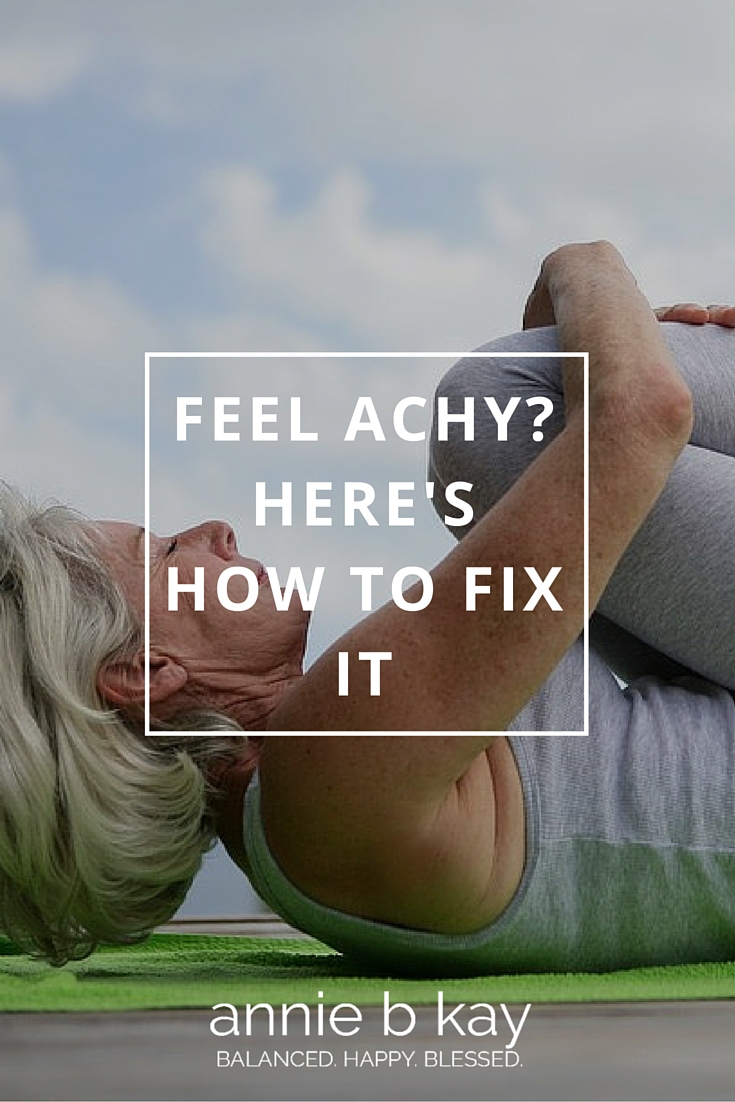
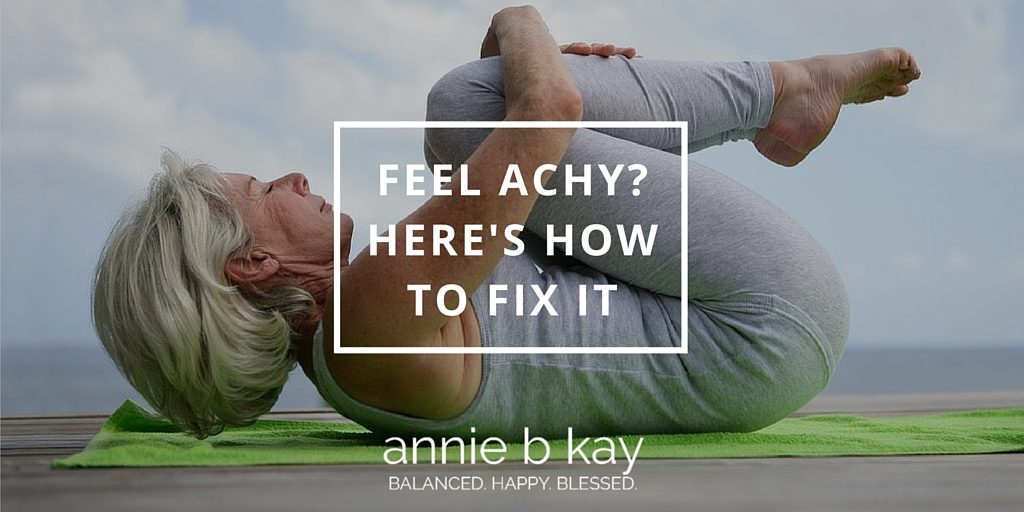
Feeling more generally achy and tired? There is a magic pill to fix that – it’s called movement.
As I’ve gone through midlife, my former athlete’s mindset is no longer in the house. I used to jump out of bed and run around the block, then do an hour of vinyasa yoga to start my day. Slowly (no, pretty quickly), those movement habits slipped. I often would just rather stay in bed. I tell myself that in this time of life, constructive rest is necessary.
While constructive rest and contemplative practices ARE essential for a vibrant second half of life, so is movement – maybe more than ever. But in midlife and beyond, wise active lifestyles require us to move, skillfully, even when we’d rather not. Here is the self-inquiry: when is movement fueling my life force, when is it draining my life force? The same thing goes for rest: when does rest fuel my life-force, and when does it drain? In mid-life as our bodies change, discerning how and how much to move and to rest may be the biggest factor that determines how you feel on a daily basis.
That feeling – that I’d rather just stay in bed feeling – is the feeling of our body’s mitochondria (the very energy centers located in our muscles that keep us feeling and operating well) slowing down and shutting down. Yep – that’s what’s happening on the physical level, inside. What’s happening in our mind is resistance – it’s easy to tell ourselves that we can’t or maybe will later. As we age, our body’s ability to recover needs help. From us. If you stop moving before or after menopause, you begin to age more rapidly – mitochondrial slow down happens more quickly as your muscles atrophy. That makes you feel old, tired, achy.
So, even if you are not feeling motivated. Even if your bed is comfortable and you have nice sheets and the TV is right there. If this is you, repeat this phrase:
Skillful movement begets ability to move. I am worth it. I am worth it right now, in this moment.
Maybe you stay in bed and do some abdominals, and aim to move each joint in your body. Maybe you get up, clean and vacuum. Maybe you start with a walk around the house. Maybe you do a modified version of the scientific 7-minute workout. These movements won’t restart years of slow moving mitochondria (you might need to get a smidgen more vigorous), but it is the first step to get there. Just take the first step. No matter who you are, what age, what ability, you can move. If you are in a wheelchair, wheel and move what you can as you are able to feel better.
As we age, our exercise needs are different than earlier in life. Injuries can last longer. Recovery may happen a little more slowly, but is important – stretching is important. Movements that gently explore and maintain range of motion are critical. Warming up stiff joints with heating pads before moving them can be helpful, as can prophylactic anti-inflammatories before a walk. If you can afford a massage on a monthly or even weekly basis, great. Or try self-massage – Abhyanga, the Ayurvedic practice of self-massage, has improved the quality of my life – I recommend it!
There is nothing wrong with feeling lazy, feeling tired. Our chaotic and difficult world can make us tired even after a perfect night’s sleep. But we do need to get over the fact that we used to be able to recover from pretty much anything with a day of vegetables, water and rest, and perhaps we don’t anymore.
So, I pledge to you that I’ll do it too – get up & out, and exceed the national movement recommendations and move for at least 30 minutes each and every day. Today it’s a modified scientific 7-minute workout and some yoga OR I’ll go to the gym with my husband.
How about you?
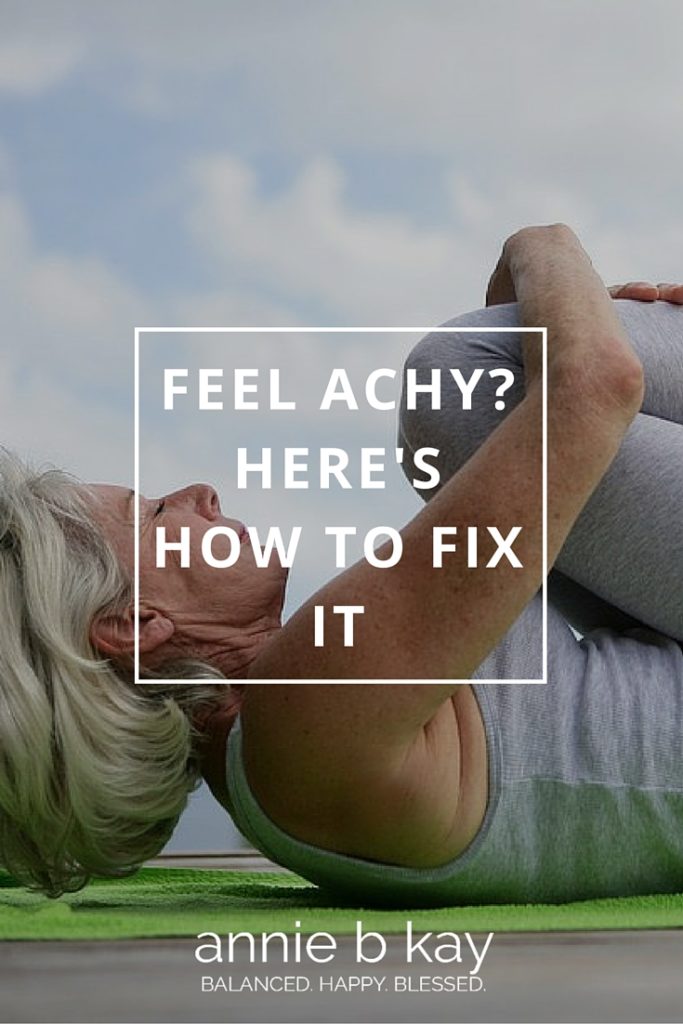
Pinterest
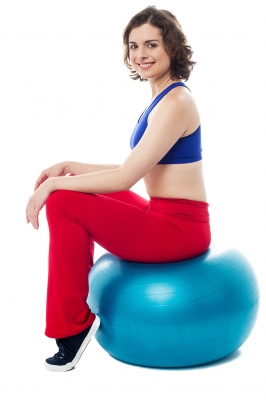
A while back, the New York Times published an article that pushes the interval training to what was then the max (there is of course now a 4-minute workout for those who can’t spare 7, but I was too proud to check it out).
The scientific 7-minute workout is a collection of 12 exercises that you do at top intensity for 30 seconds each, with a 30 second rest in between. It was developed from the latest science on the benefit of interval training. It is not a pleasant 7 minutes, but it is after-all less then 10 minutes out of my day. Even I have time for that.
After working at it for a month or so I thought – finally! A workout I can stick to. And it does work – muscularly, I could see the change.
Then, blasted injury. I tweaked my back. Not enough to stop me from working or getting through my day. Just enough to sideline me from physical activity for a couple weeks, initiate a month and a half of limp-along level of physical activity, and in me, the 3-4 pounds of dough that means. Hmm. Not so convenient and time-efficient now. I’m als0 a little nervous to get rolling on it again – to get rolling, that is, on a still-effective-but-modified version.
May I remind you that I am a health professional and therapeutic yoga teacher? I knew that the 12 exercises in the scientific 7-minute workout were not for everyone. But I’m in that usually-healthy active lower risk quintile that doesn’t think they need to be careful yet do. When I injured myself, I did so on a day when I had not been active for a couple, and was overloaded at work. So, in thinking about it, the set-up was right in front of me, but of course I was just aiming to take care of myself by being active. In a short intense burst. Of push-ups, sit-ups and other cantilevered movements done at the highest intensity you can muster. What could go wrong?
The scientific 7-minute workout is great – worthwhile and I’m crazy about it. The science is fascinating. But as I ponder weaving it back into my life, I’ve learned that it needs to be part of an overall plan rather than my one manic (OK, seven manic) moment of activity in an otherwise stressed and relatively sedentary day. I’ll do it on occasion when I’ve been walking, working along physically in my daily yoga practice, or dancing more and would benefit from the muscular conditioning that a modified 7-minutes would give me.
This episode also reminds me that science is great – science is good – but science is often wrong. When it comes to weaving scientific recommendations into your life, best to be fully aware, conscious and experiment with a little before taking on a lot.
Fitness and food go hand and hand. If you are just getting started with healthy eating, check out this post:
Getting started with healthy eating
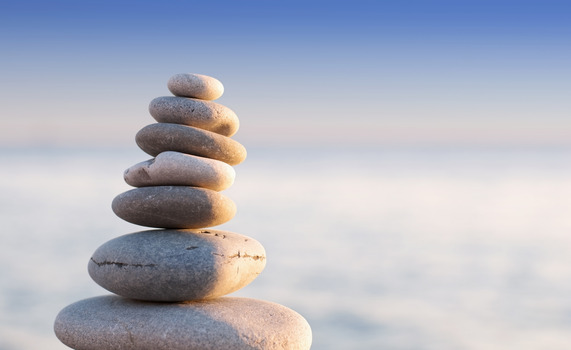
This year I was speaking at FNCE (the Food and Nutrition Conference and Exhibition), and a dietitian described a dilemma(a common one, I bet) then asked a great question: she said she was encouraging her patients to do more conscious breathing, but find that they tend not to. She then asked if I knew of any resources to help people get started. Kripalu has a few breathing mp3s on their website.
But what a great idea, I thought!
Conscious breathing is a simple skill that is challenging to begin if you don’t have a regular yoga or meditation teacher. So, what I’ve done is one simple introductory video, that will cost you or your patients/clients 5 minutes of time. Do you have 5 minutes to make your life better? Me too!
So, that inspired me to get my first video underway. I am just learning how to get a video made and uploaded to my blog, so please know it’s on its way – as in days.
Enjoy! And let me know what you think.
Handout: 5 minutes
Video: 5 minutes for conscious breathing
Annie
For decades, Jane Brody of the New York Times has been a bit of an idle of mine (and of most of my nutrition-communications colleagues). Here’s a great update she did today on moderate exercise – the closest thing we have to a magic bullet for chronic disease.
Jane Brody Moderate Physical Activity Update – NY Times Article







